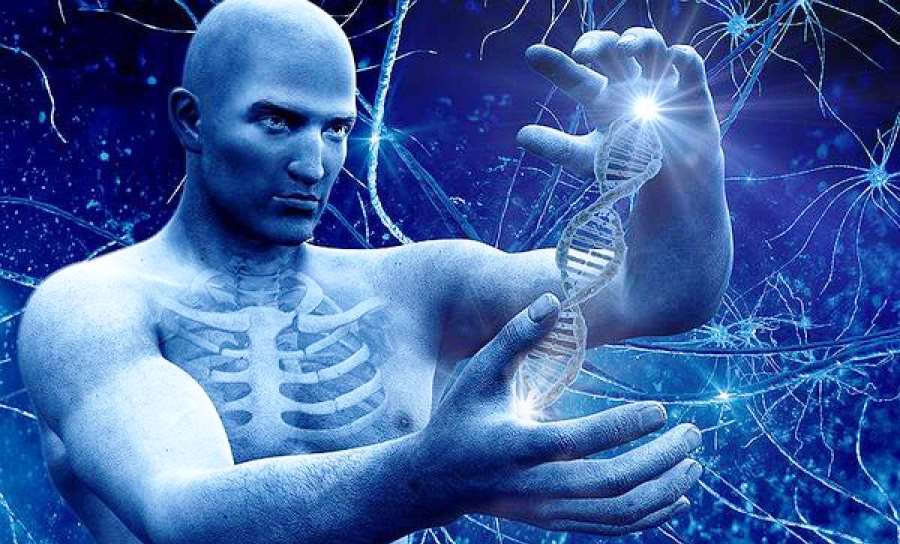Our evolution continues today.

The genetic data obtained from the analysis of large samples from different populations convincingly showed that the conventional wisdom that the biological evolution of man has ceased is no more than a myth. Our evolution continues today. This means that different genetic variants (alleles) differently affect the efficiency of gene transfer to the next generation, and therefore the frequency of such variants varies from generation to generation. At the same time, the biological evolution of modern mankind is associated with its socio-cultural evolution and scientific and technological progress, on which the direction of selection depends. Some genes have been screened in people in various extreme conditions in the recent past, but today these processes are not so relevant. Among the genes that are "under selection" are those that affect our behavioral and cognitive abilities. There are also disturbing trends, such as a fairly convincingly documented negative selection of intelligence, which began in the last 100-150 years.
Some forms of resistance have emerged only in the last millennium, and some are borrowed from other species.
FADS2 gene - The mutation provided better assimilation of omega-3-unsaturated fatty acids, which are rich in marine life and fish - the basis of the diet of all peoples of the Arctic.
LCT gene - Various mutations in the lactase gene occurred and were fixed independently in the north of Europe and in East Africa. They allow the enzyme not to lose activity with age and to break down lactose, milk sugar, providing an additional rich source of food.
Genes GYPB, G6PD, HBB, GPYA - A whole set of changes in the properties of erythrocytes, which, as a rule, weaken their functionality and vitality, but make it difficult to infect cells with malarial plasmodia. Under the threat of a deadly disease, the reduced tone of red blood cells may be an acceptable payment for additional protection from the parasite.
Gene IKBKG - The inhabitants of the Ganges valley showed a mutation that changes the activity of potassium pumps. These transmembrane proteins participate in intercellular communications, and the mutant allele allows them to more effectively combat the invasion of the cholera vibrio organism.
AS3MT gene - An unusual mutation was fixed in some residents of the Argentine Andes: for generations they are forced to drink water, rich in arsenic, dissolving from the surrounding rocks. The modified enzyme effectively converts it into methylated products, which can be excreted from the body with urine.
Genes CPT1A, LRP5, THADA, PRKG1 - Changes affect the genes involved in the regulation of metabolism, as well as in the reduction of smooth muscles (PRKG1). They allow the body to better adapt to life in the cold and save energy.
Genes EGLN1, EPAS1, VAV3, ARNT2, THRB and others - Various genetic adaptations to life in the highlands, recorded by the inhabitants of Tibet, the Andes and the Ethiopian Highlands, help them to endure hypoxia. According to some reports, a rare allele of EPAS1 could be obtained from another kind of Homo, the mysterious Denisovs.